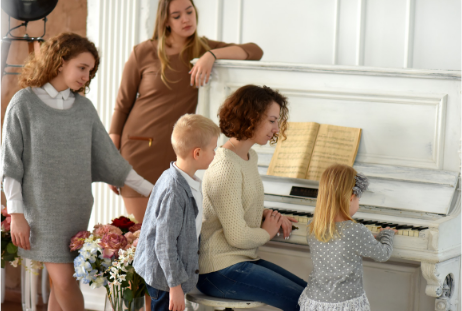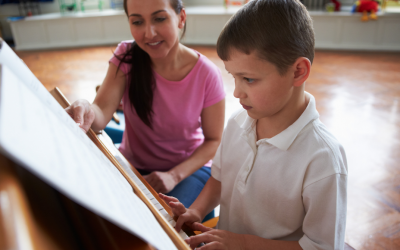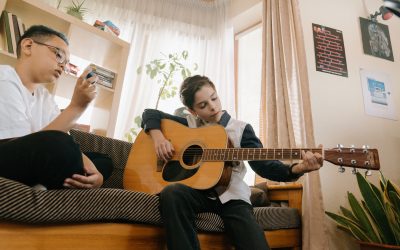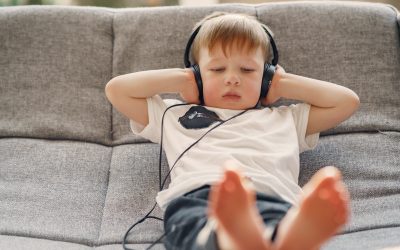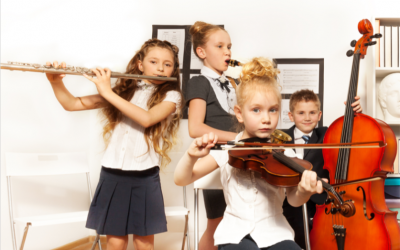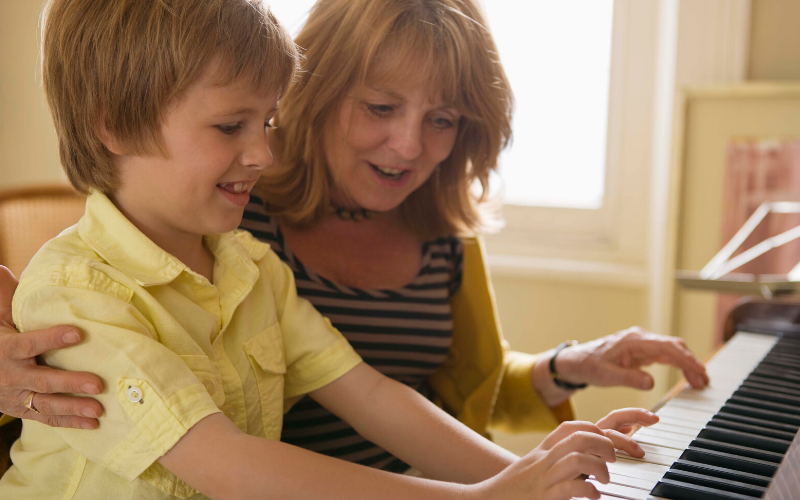facebooktwitterpinterestinstagramyoutubePrivate piano lessons can be very expensive even under normal circumstance, however, over the years, while consulting and helping parents I have seen tons of really terrible mistakes that they make, which in turn end up costing...

8 ‘Ultra Easy’ Step To Introduce The Eighth Rest
8 ‘Ultra Easy’ Step To Introduce The Eighth Rest
See below for a Free Printable Pack to go with the post.
Teaching notes and rests, their values and how they can be identified, and played is extremely easy if homeschooling parents have access to the correct tools and guidance.
Therefore today I’m going to give you the necessary tools and also explain the exact steps you can use to easily introduce the Eighth Rest to your kids.
So what are Eighth Rests? They are similar in value to Eighth Notes, but no note is played.
They basically extend the silence by half a beat.
If you haven’t already introduced the Eighth Note, do that first, you can find the steps, flashcard and printable in the post 6 ‘Shockingly Simple’ Ways To Teach Eighth Notes.
And here’s how you can introduce the Eighth Rest to your kids in the homeschool.
Show The Note And The Rest
Yes, it is as easy as that.
Show them the flashcard of the note and the rest side by side.
Tell them that the Eighth Rest (point to it) is similar to the Eighth Note and consists of 1/2 a beat.
Explain The Difference
Don’t forget to explain the difference.
With an Eighth Note, we actually play a note, but with an Eighth Rest we don’t play a note, rather, there is silence for 1/2 a beat, wherever there is an Eighth Rest.
Ask Them Both Names
Yes, ask them to tell you the alternate name for the Eighth Rest.
Since they know that the Eighth Note is called a Quaver, it is very likely that they will make the connection and tell you that the alternate name for the Eighth Rest is a Quaver Rest.
Clapping
Now comes the interesting part. Ask them to clap the Quaver Rest.
Remember, a Quaver Rest means there is silence for 1/2 a beat, so there is no clapping only counting.
Understanding The Eighth Rest
To make the previous step less confusing, you draw or show a Whole/Half or Quarter Note before two Eighth Rests. Then ask them to clap.
So, they should clap for the specific note you drew, then count the correct number of beats for that note, and finally count 1 beat to signify the two Eighth Rest.
On The Keyboard
Repeat the above step on the keyboard.
Have them play the note first and count the corresponding number of beats and then count an additional 1 beat to signify the two Eighth Rests.
Writing The Quarter Rest
Now teach them how to correctly write the Eighth Rest.
Please use the printable I have included for this exercise.
Identifying The Quarter Rest
Finally it is time to look at different sheets of music and identify the Eighth Rests.
Again you can use the printable I have included for this post.
Easy, isn’t it?
So what are you waiting for?
Grab the printable and the flashcard and go get started.

Karen Cadera
Founder/Creator
Mom, Teacher, Minimalist, Zero Waste Enthusiast, Multi Pod.
My daughter loved the games, but there were also worksheets and videos. The weekly lesson plans were complete, and I never questioned what I should be doing next.
This program reminded me (and allowed me to teach my son) how to read music. To me, that was the most important thing that we learned together. Of course, it was very rewarding for me to watch my son play the piano with both hands at the same time, while reading sheet music. His favorite parts of the course were actually playing the songs and doing the worksheets provided.
Download the FREE Music Theory Worksheet
Articles That Maybe Of Interest To You
11 ‘Terribly’ Expensive Mistakes Families Make When Paying For Private Piano Lessons
4 Absolute ‘Must Know’ Ways To Help Your Budding Composer Excel In The Homeschool
facebooktwitterpinterestinstagramyoutubeDo you have a child that is great at creating his or her own music? Even if you don’t think that they he/she is great at it, know that all great composers started somewhere and your child may have the potential to be one as...
3 ‘Shockingly’ Simple Ways To Teach Children To Appreciate Different Genres Of Music In The Homeschool
facebooktwitterpinterestinstagramyoutubeI guess you are surprised to know that there are a variety of very simple ways in which, you can teach your kids to appreciate different genres of music in the homeschool. Yes, even if you have no background in music and no...


